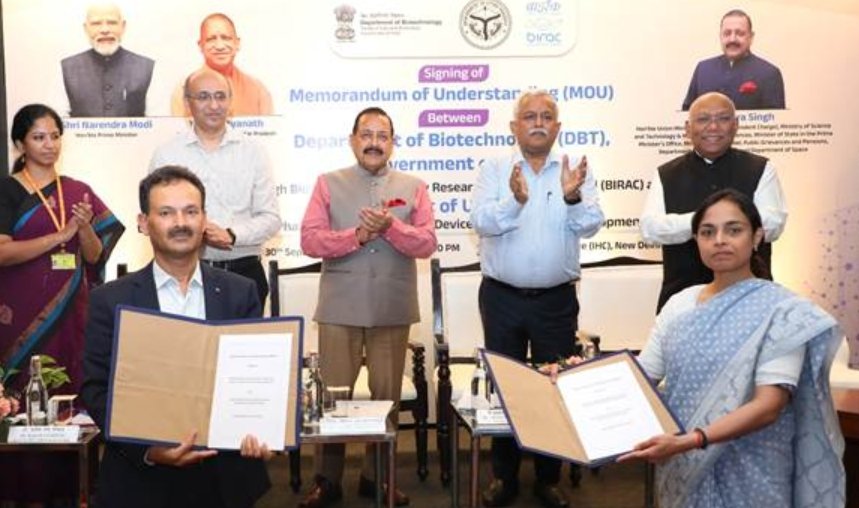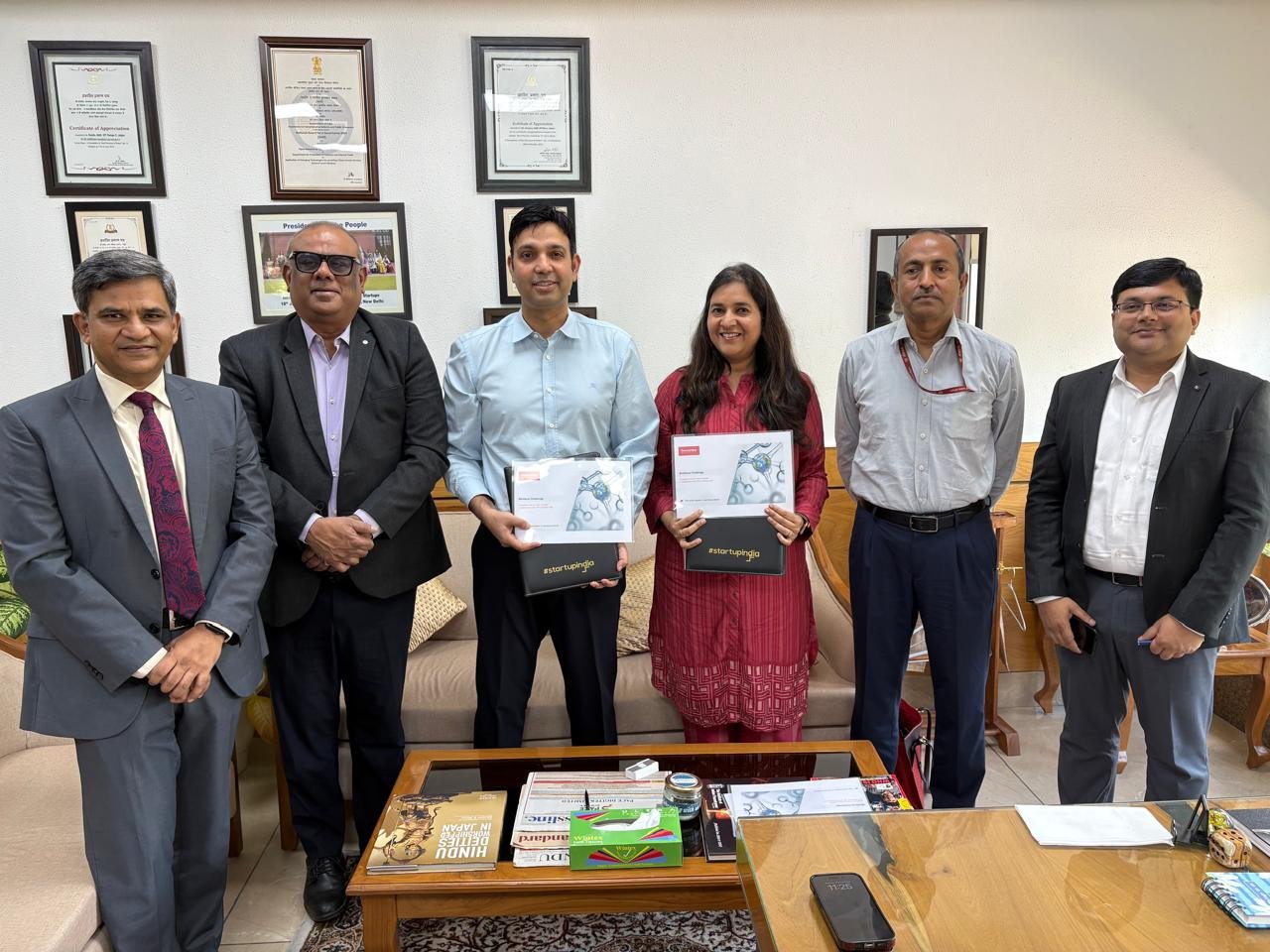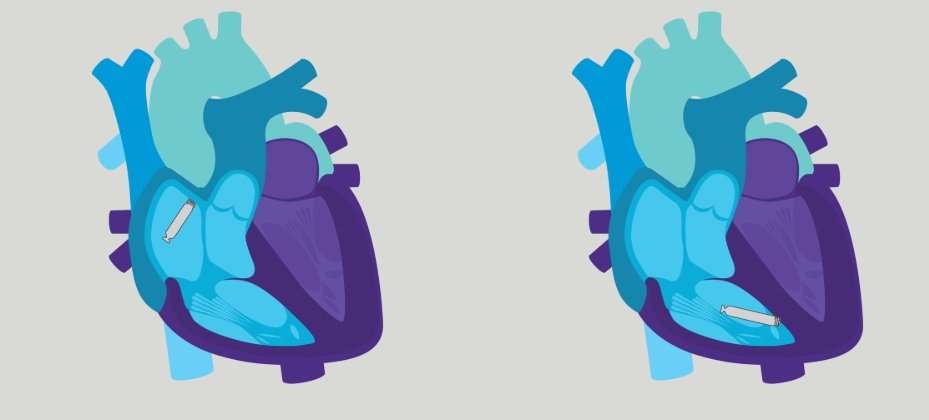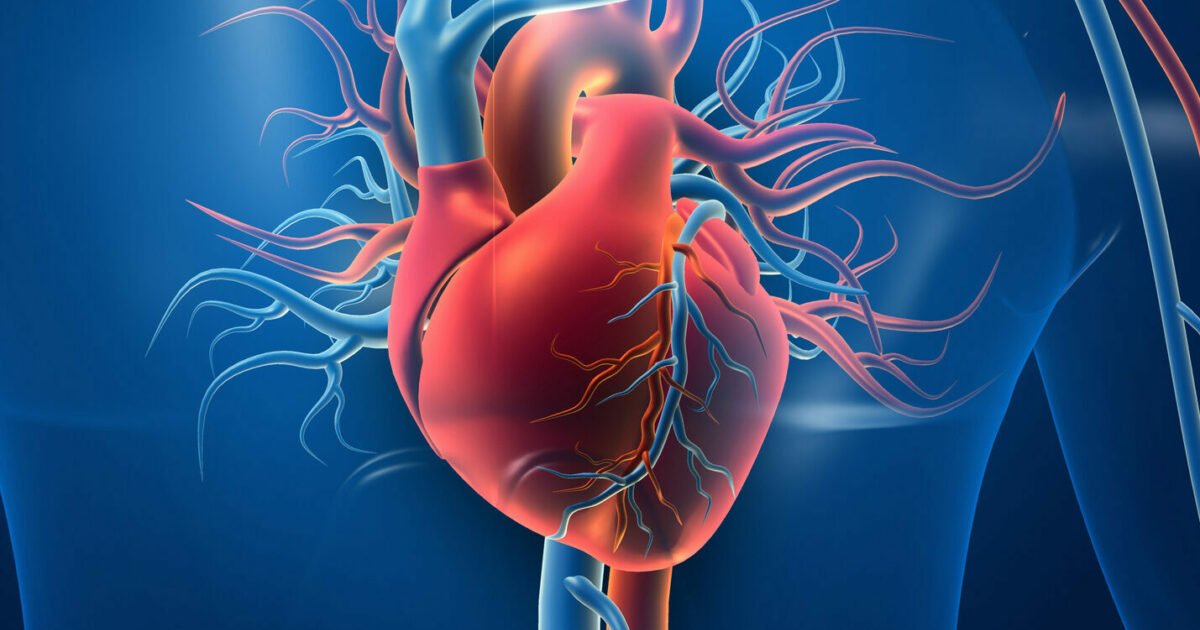Biotech and the global burden of disease
January 08, 2004 | Thursday | News
 With
rapidly increasing consumer awareness, only those technologies will survive in
the future that would bring a definable and desirable benefit to the consumer,
or help people or government to achieve significant progress. This would be true
of biotechnology as of, say, space or new energy targets.
With
rapidly increasing consumer awareness, only those technologies will survive in
the future that would bring a definable and desirable benefit to the consumer,
or help people or government to achieve significant progress. This would be true
of biotechnology as of, say, space or new energy targets.
One area where humanity expects a great contribution from
biotechnology is in respect of management of disease—that is, reducing the
global burden of disease. What, then, is this global burden of disease?
Following a recent study (Ezzati et al., The Lancet, 2002, Vol.
360, pp.1347-1360), this burden can now be stated in precise terms.
The above study used data collected from 192 countries around
the world. The factors listed in Table 1 were identified as the main causative
factors for the diseases mentioned against each factor, different countries
contributing to a different extent to the total global disease burden on account
of a particular factor.
The question we may ask is, where and how can biotechnology
contribute to alleviate global suffering on account of the 26 factors mentioned
in Table 1. This contribution could be towards prevention of, better and more
expedient diagnosis of, and/or cure for a disease. Let me give examples.
To take care of vitamin A deficiency mentioned under item 3
in table 1, we need to be able to provide cheap natural beta-carotene, the
precursor of vitamin A, which could be used in mid-day meal program in schools.
Shantha Marine is already making inexpensive beta-carotene using a marine algae,
seawater and sunlight, in their factory in Tiruchendur, TamilNadu. This is an
example of how marine biotechnology can provide inexpensive material to take
care of one important global burden of disease. However, this is also an example
where it is not only the availability of the material but also a concurrent
systems approach on part of the government which would ensure that this material
is actually appropriately used, that would be important.
Monoclonal antibodies (MABs) have proved invaluable as agents
of diagnosis of a large number of diseases or for determining the genetic
susceptibility status of an individual in respect of a disease. It is a pity
that, as of now, not a single monoclonal antibody of Indian origin is in the
market. We not only need to fill in this lacuna but also develop newer MABs for
diagnosis of disorders that are common for us.
Preventive vaccines for diseases such as AIDS, malaria and
tuberculosis represent another major need of the time. The production of these
vaccines through innovative modern biotechnological routes grounded in
imaginative basic research, alone would make them possible and economically
feasible.
Those interested in biotechnology and medical health care would be doing a
tremendous service if they could collectively prepare a document which would
state how biotechnology could reduce the global burden of disease, through
development of specific preventive, diagnostic and curative regimens, I believe
that BioSpectrum is the right vehicle for starting a debate on the above
question: that is, how could we, individually and collectively, have
biotechnology discharge the above responsibility.
Pushpa M Bhargava is one of India's most brilliant
scientists. He founded and directed the Centre for Cellular and Molecular
Biology (CCMB), Hyderabad.
Factors responsible for the global burden
of disease
| S
No. |
Factor |
Outcome |
| 1 |
Underweight |
Mortality
and acute morbidity from diarrhoea, malaria, measles, pneumonia and
selected other group 1 diseases; perinatal conditions from maternal
underweight; long-term morbidity from under nutrition |
| 2 |
Iron
deficiency |
Anaemia
and its sequelae (including cognitive impairment); maternal and perinatal
mortality |
| 3 |
Vitamin
A deficiency |
Mortality
due to diarrhoea, measles, malaria and miscellaneous infection causes of
disease (children<5 years); morbidity due to malaria (children<5
years); maternal morbidity and mortality (pregnant women); vitamin A
deficiency and its sequelae (all age groups); low birth weight and other
perinatal conditions |
| 4 |
Zinc
deficiency |
Diarrhoea;
pneumonia; malaria in children aged<5 years; adult and pregnancy
outcomes |
| 5 |
High
blood pressure |
Ischaemic
heart disease (IHD); stroke; hypertensive heart disease and other
cardiovascular diseases; renal failure |
| 6 |
High
cholesterol |
IHD;
stroke; other cardiovascular diseases |
| 7 |
High BMI
(Overweight |
IHD;
stroke; hypertensive heart disease; diabetes; osteoarthritis; and
obesity)endometrial and colon cancers; post-menopausal breast cancer;
gallbladder cancer; kidney cancer; breathlessness; back pain; dermatitis;
menstrual disorders and infertility; gallstones |
| 8 |
Low
fruit and vegetable intake |
IHD;
stroke; colorectal cancer; gastric cancer; lung cancer oesophageal cancer |
| 9 |
Physical
inactivity |
IHD;
breast cancer; colon cancer; diabetes; falls and osteoporosis;
osteoarthritis; lower back pain; prostate and rectal cancer |
| 10 |
Unsafe
sex |
HIV/AIDS;
sexually transmitted infections; cervical cancer |
| 11 |
Lack of
contraception |
Maternal
mortality and morbidity; increased perinatal and child mortality |
| 12 |
Tobacco |
Lung
cancer; upper aerodigestive cancer; all other cancers; chronic obstructive
pulmonary disease (COPD); other respiratory diseases; all vascular
diseases and other medical causes in adults > 30; fire injuries;
maternal outcomes and perinatal conditions |
| 13 |
Alcohol |
IHD;
stroke; hypertensive heart disease; diabetes; liver cancer; mouth and
oropharynx cancer; breast cancer; oesophagus cancer; selected other
cancers; liver cirrhosis; epilepsy; alcohol disorders; depression;
intentional and unintentional injuries; selected other cardiovascular
diseases and cancers; social consequences |
| 14 |
Illicit
drugs |
HIV/AIDS;
overdose-of-drug-use disorders; suicide and trauma; other
neuropsychological diseases; social consequences; hepatitis B and
hepatitis C |
| 15 |
Unsafe
water, sanitation
and hygiene |
Diarrhoea |
| 16 |
Urban
outdoor air pollution |
Mortality
from combined respiratory and selected cardiovascular causes in adults
>30; lung cancer; acute respiratory infection mortality in children
<5; cardiovascular and respiratory morbidity |
| 17 |
Indoor
smoke from solid fuels |
Acute
lower respiratory infections in children <5; COPD; lung cancer,
cataracts; tuberculosis; asthma |
| 18 |
Lead |
Cardiovascular
diseases; mild mental retardation; anaemia; gastrointestinal effects;
nervous and reproductive system effects; social consequences of IQ loss |
| 19 |
Global
climate change |
Diarrhoea;
flood injury; malaria; malnutrition; dengue fever; cardiovascular
mortality; effects arising from population movement |
| 20 |
Risk
factors for injuries |
Unintentional
injuries; intentional injuries |
| 21 |
Carcinogens |
Leukemia;
lung cancer; mesothelioma; cancers of multiple other sites |
| 22 |
Airborne
particulates |
COPD and
asthma; pneumoconiosis; silicosis; asbestosis |
| 23 |
Ergonomic
stressors |
Lower
back pain |
| 24 |
Noise |
Hearing
loss |
| 25 |
Unsafe
health-care injections |
Acute
infection with HBV, HCV and HIV; cirrhosis and liver cancer; selected
other infectious diseases |
| 26 |
Childhood
sexual abuse |
Depression;
panic disorder; alcohol misuse/dependence; drug misuse/ dependence;
post-traumatic stress disorder and suicide in adulthood; non mental health
outcomes such as sexually transmitted diseases, unwanted pregnancies and
injuries |
Note: Factors 1-4 relate to
childhood and maternal under nutrition; 5-9 to other nutrition-related risks and
physical activity; 10-11 to sexual and reproductive health; 12-14 to addictive
substances; 15-19 to environmental risks; and 20-24 to occupational risks.
(Adapted from M. Ezzati et. al., The Lancet, Vol. 360, November 2,
2002, pp. 1347-1360)


 With
rapidly increasing consumer awareness, only those technologies will survive in
the future that would bring a definable and desirable benefit to the consumer,
or help people or government to achieve significant progress. This would be true
of biotechnology as of, say, space or new energy targets.
With
rapidly increasing consumer awareness, only those technologies will survive in
the future that would bring a definable and desirable benefit to the consumer,
or help people or government to achieve significant progress. This would be true
of biotechnology as of, say, space or new energy targets.






